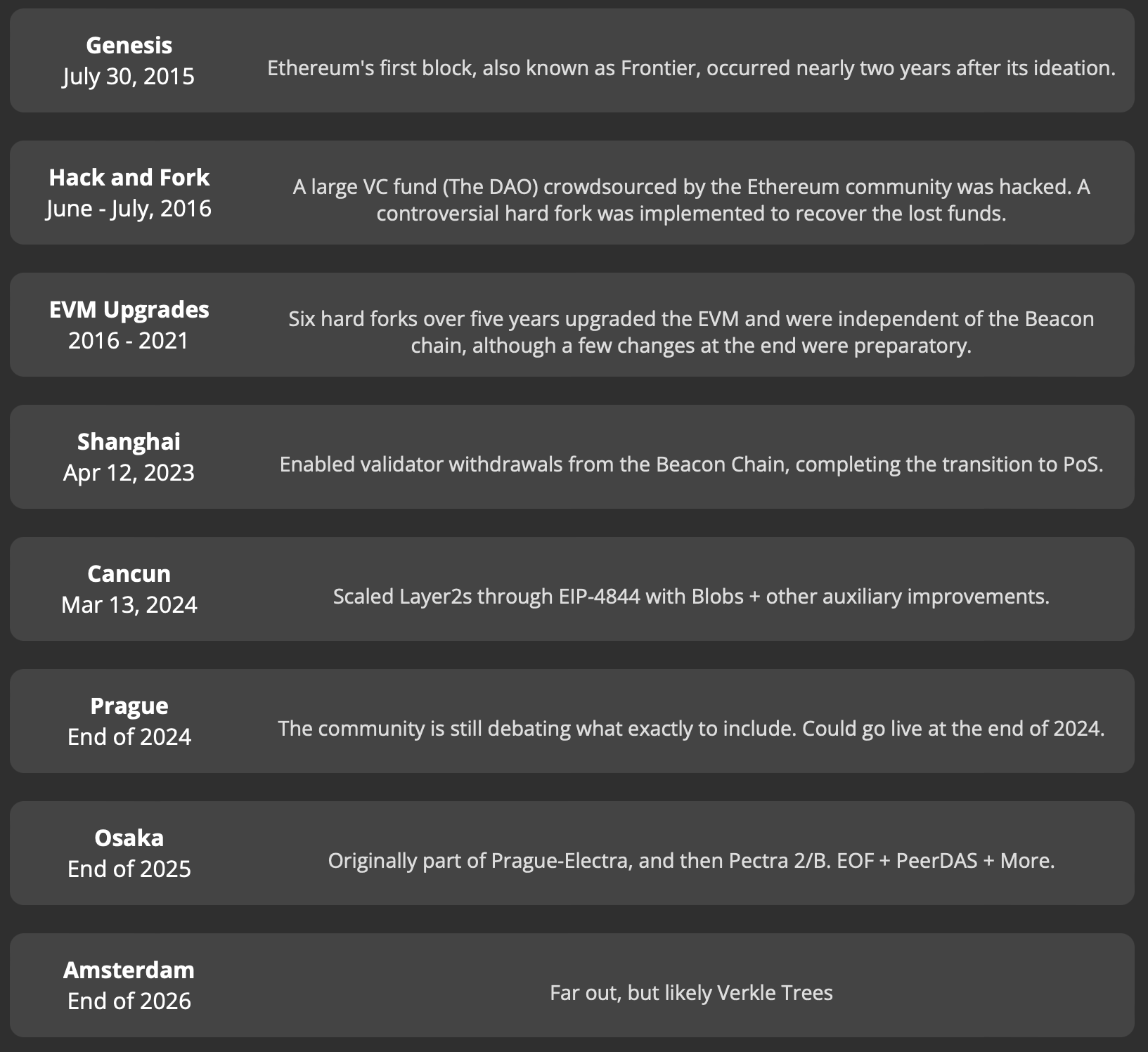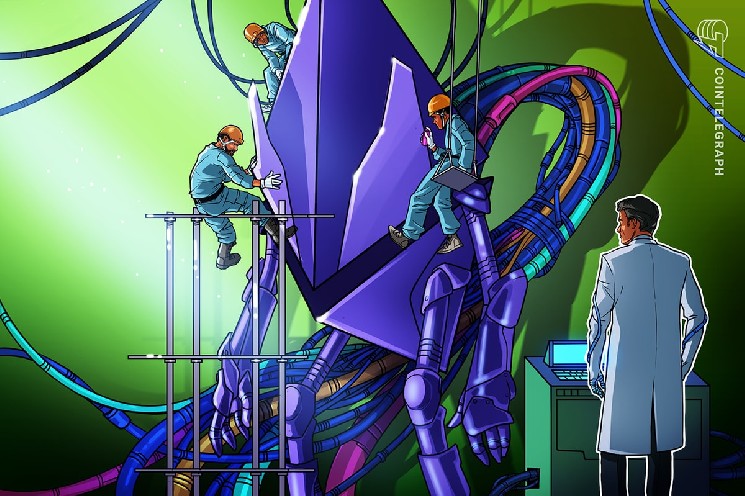Ethereum’s Fusaka improve has been enabled on the Sepolia testnet, marking the subsequent large step within the community’s continued efforts to enhance scalability and efficiency.
This improve marks the second section of a three-phase rollout below Ethereum's Fusaka roadmap, following the activation of the Holesky testnet on October 1st. Sepolia deployment helps community new src=”https://www.youtube.com/embed/haInlj7rTSs?begin=” Frameborder=”0″ allowed=”accelerometer; autoplay; encrypted media; gyroscope; picture-in-picture”allowfullscreenloading=”lazy”>
Peer Information Availability Sampling (PeerDAS) can also be being examined as a result of bigger blocks imply nodes are processing and storing extra information.
PeerDAS permits Ethereum validators to validate transaction information by sampling small items from a number of friends as an alternative of downloading the whole lot, rising pace and scalability whereas sustaining decentralization.
Paul Harris, one other Fusaka core developer and protocol engineer for Consensys' Teku shopper, mentioned PeerDAS eliminates the necessity for validators to retailer all community information, vastly lowering the burden on nodes.
“Fusaka adjustments the way in which information is offered and permits us to scale past what was doable earlier than PeerDAS,” mentioned Harris.
The Ethereum Basis introduced the Fusaka testnet schedule on September twenty sixth, outlining the ultimate steps earlier than the community's subsequent main improve. Fusaka follows this 12 months's Pectra replace, with the ultimate Hoodi testnet trial set for October twenty eighth and mainnet launch scheduled for December.
Associated: Ethereum bulls tout supercycle, however Wall Avenue is skeptical
A short historical past of Ethereum upgrades
Since its launch in July 2015, the Ethereum community has undergone a number of main upgrades to enhance scalability, safety, and efficiency.
The latest overview was carried out on Could 7, when the Pectra improve was revealed and launched three main enchancment solutions. Among the many adjustments, Pectra now permits externally owned accounts to perform like sensible contracts and pay gasoline charges with tokens apart from ETH, and elevated the staking restrict for validators from 32 ETH to 2,048 ETH. This improve additionally expands the variety of information blobs allowed per block.
Previous to Pectra, Ethereum rolled out the Dencun improve on March 13, 2024, considerably lowering the price of gasoline charges throughout the community. Inside a 12 months of the Dencun improve, Ethereum's common gasoline worth dropped by 95%.

Ethereum arduous fork timeline. sauce: ethroadmap.com
Maybe essentially the most well-known Ethereum improve is called the Merge, which occurred in September 2022 and moved Ethereum from a proof-of-work blockchain to a proof-of-stake blockchain.
This merger ended mining, launched validators, and decreased vitality prices by as much as 99%.

merge. sauce: ethroadmap.com
The April 2023 Shanghai Improve was additionally an vital step within the community's roadmap, because it enabled withdrawals for the primary time for validators staking Ether (ETH), finishing Ethereum's transition to proof-of-stake.
journal: Asia Categorical: Alibaba founder's push for Ethereum, whales occupy 91% of Korean market


